University of Texas researchers develop materials that are stiff for initial implantation, and then soften to better match the mechanical properties of brain tissue.
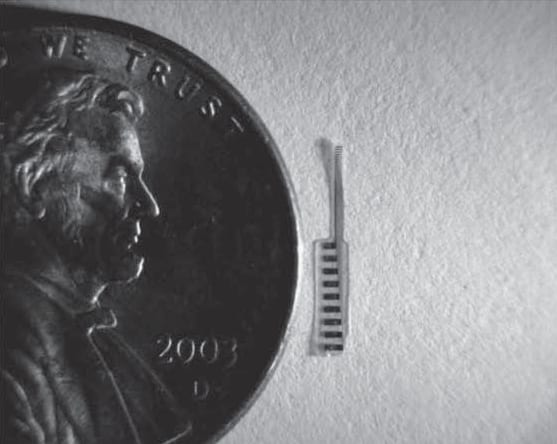

University of Texas researchers develop materials that are stiff for initial implantation, and then soften to better match the mechanical properties of brain tissue.
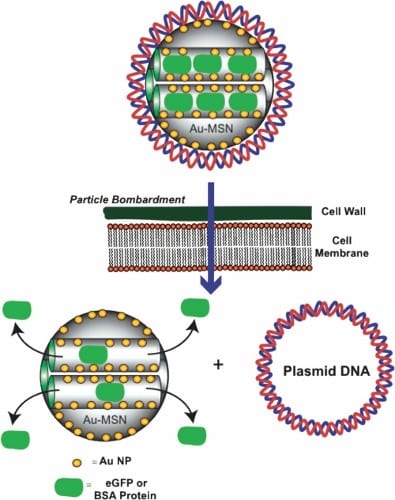
Researchers at Iowa State University demonstrate the ability to simultaneously deliver proteins and DNA into plant cells.
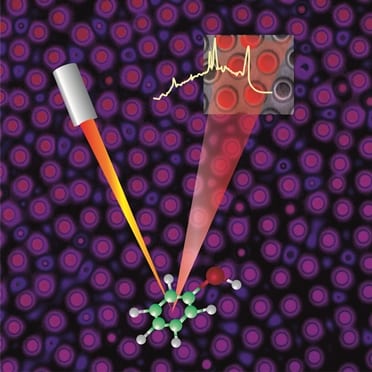
Hierarchical electrohydrodynamic pattern formation enables the fabrication of multiscale 3D structured arrays as SERS-active platforms.
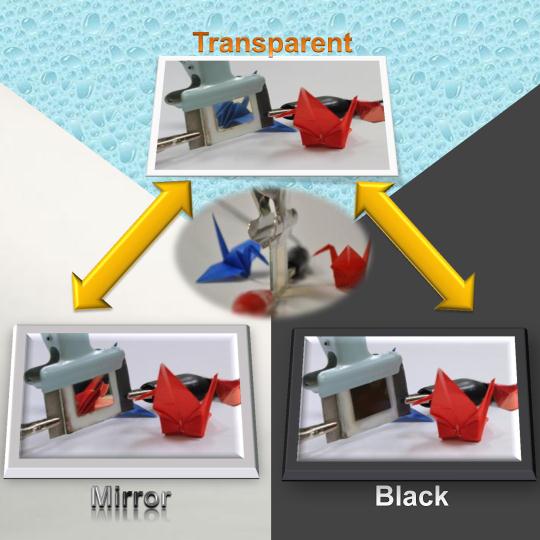
A novel metal deposition-based electrochromic device can realize three optical states in a single material—transparent, mirror and black.
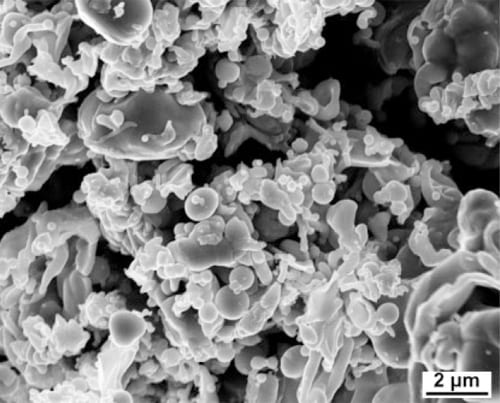
Fine dispersion of bulk metals appears at very high extrusion rates and pressures. This phenomenon is interesting not only for material science, but also for the development of new technologies.
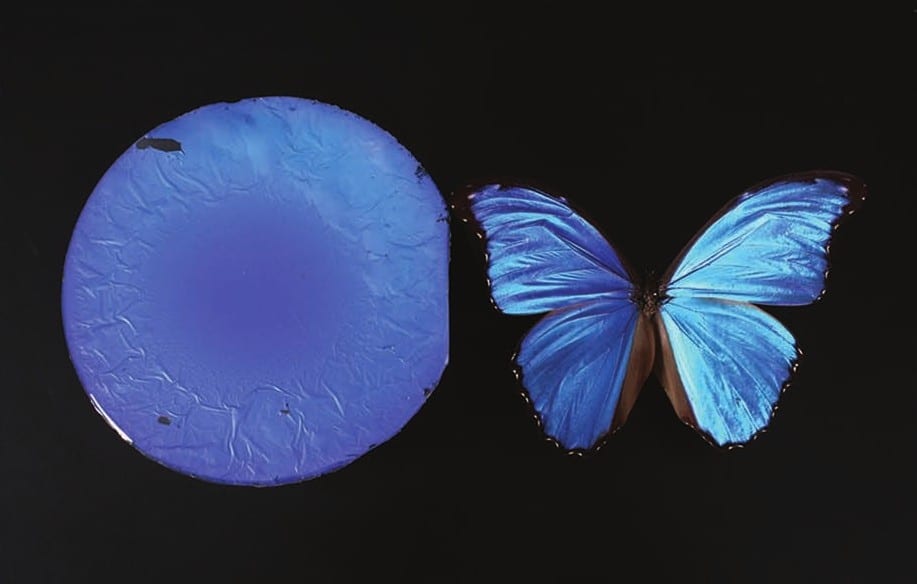
New silica microsphere films mimic the striking color display of the Morpho butterfly, with the added advantage of material flexibility.
An MIT group have developed a new coating in an attempt to reduce the number of surgeries required to correct artificial implants.
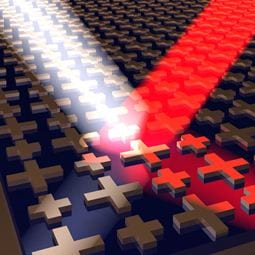
Padilla and co-workers give an excellent overview on metamaterial absorbers and discuss a selection of examples and related applications in this field.
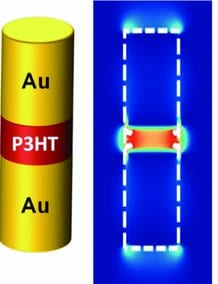
The radiative emission rate of poly(3-hexylthiophene) could be greatly enhanced by integrating it into a plasmonic split-dipole nanoantenna.

High-performance polymers for organic photovoltaics takes the top spot as the most-downloaded Advanced Materials paper in the last week.